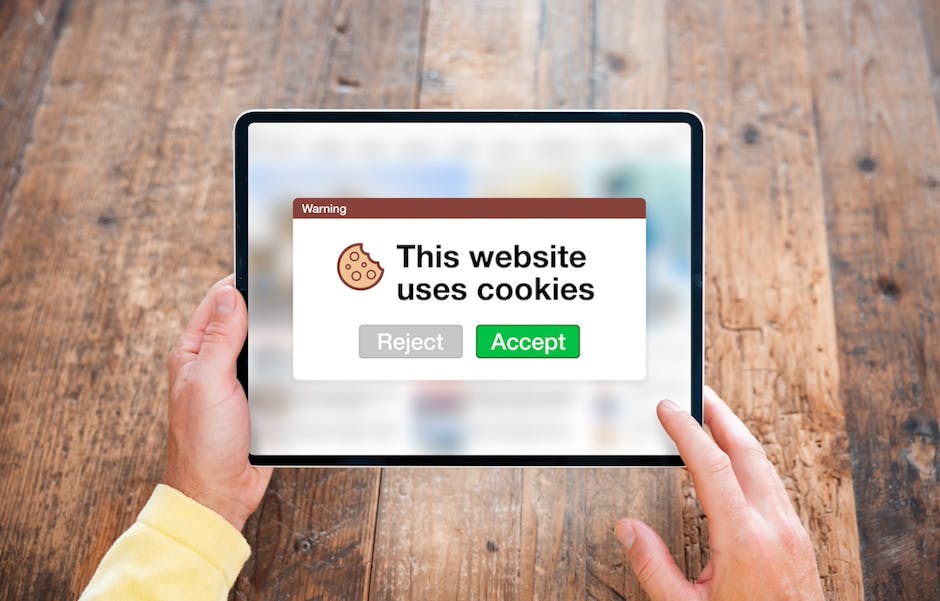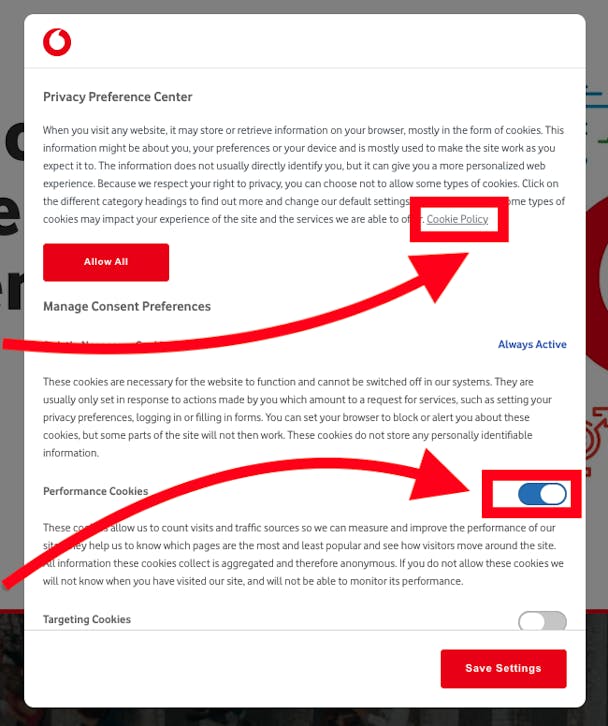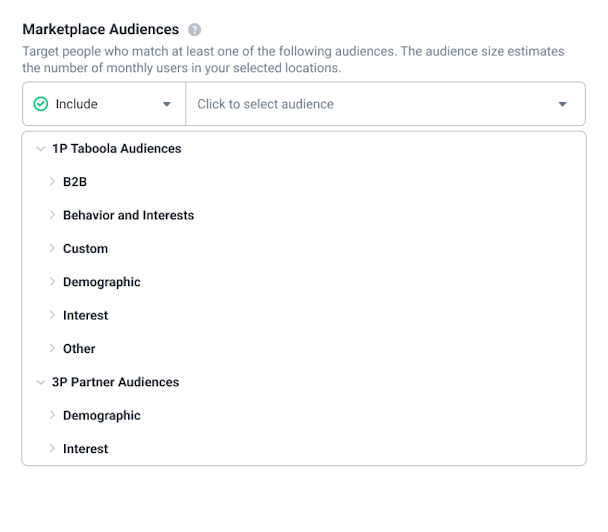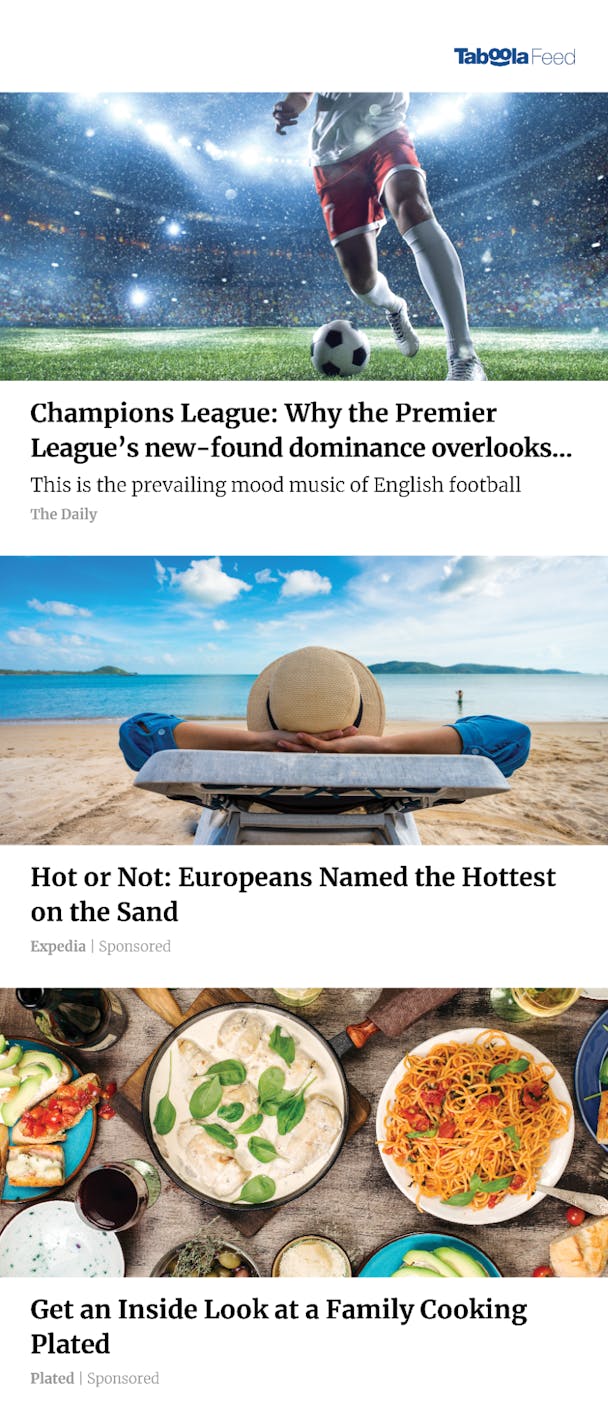Only 25% of advertisers are ready for a cookieless world - these 7 strategies can help
A new study from Taboola and YouGov reveals that most advertisers are still not prepared for a world without third-party cookies. Are you one of them? Discover seven key strategies to help ensure your brand is ready when the cookie crumbles.

Advertisers have had years to prepare for a cookieless world: ever since Google first announced its decision to make third-party cookies obsolete in 2020. While the search giant continues to push off its deprecation date — now slated for the end of 2024 — many advertisers are still not ready for this tectonic shift in the marketing landscape.
According to a recent study from Taboola and YouGov, only 25% of advertisers are prepared for cookie deprecation. It’s no surprise, then, that 46% are happy with Google’s decision to delay the phaseout.
But advertisers don’t have any time to waste. They need to be developing new ways to drive performance across channels. Crucially, that means advertisers can no longer assume that simply identifying their target audience will lead to engagement and performance. They’ll need to prioritize signals of intent over just identity — or risk leaving valuable revenue and performance results on the table when the cookie crumbles.
Still, there is no all-in-one, universal solution to replacing or preparing for the death of third-party cookies. Instead, advertisers will need to take a multi-faceted approach.
To help, we’re unpacking seven techniques that advertising decision-makers can use to prepare for a world without third-party cookies.
1. Ask for consent to collect consumer data
First-party data is the strongest antidote to the death of the third-party cookie. Unlike those cookies, first-party data is collected directly from your customers and owned and controlled by your brand.
Just remember to clearly ask for consent when you gather this data from website visitors. That means you need to clearly communicate how you will store and use that data for advertising purposes, and allow visitors to easily change their data collection and privacy settings.
Vodafone, for example, clearly invites users to select their data collection preferences and choose from custom settings:

2. Gather first-party data with website pixels
So, how can you actually collect first-party data from customers? One way is by installing a pixel on your website. After all, pixels and cookies are similar: You can use cookies to collect data about people on a website you don’t own, while you can use pixels to collect data about people on a server you don’t own.
With a pixel installed, you can gather valuable information about each visitor’s IP address, device type, browser, and on-site actions. You can then use that data to retarget website visitors with personalized campaigns that move them through the funnel.
3. Use an S2S integration
You can also use server-to-server (S2S) integrations to share data about website or mobile app activity between servers. Mobile app advertisers, for example, might use this tracking technique to see conversion data from publishers who haven’t implemented a software development kit (SDK) yet.
Instead of using a cookie, S2S integrations generate a unique ID that’s passed between two secure servers, giving advertisers visibility into a users’ entire customer journey.
4. Test first-party audience segments
Some ad platforms provide marketers with access to first-party data sets and audience segments. Take advantage of these whenever possible, but remember that not all first-party data is created equal. The key to enabling performance is to collect a wide scale of first-party data that you can use to identify customer intent and drive conversions.
Taboola, for example, offers a wide range of data sets based on integrations with over 9,000 publisher partners, including Yahoo, MSN, USA Today, and Business Insider.When creating a new campaign, simply select the audience segment you’d like to target based on a range of features, such as demographic, behavior, industry, and more, and test different options to find the most effective data sets for your goals.

5. Maximize conversions with automated bidding tools
As well as testing new audience segments, advertisers should also ensure that current campaigns are as efficient as possible, before third-party cookies are removed. If you’re still relying on manual bidding, you’re missing valuable opportunities to optimise engagement and revenue — and wasting time and resources in the process.
That’s why Taboola offers Maximize Conversions, an advanced bidding strategy that uses AI to automatically adjust your bids to drive performance results within a target budget or CPA. Hyundai, for instance, used Maximize Conversions to promote their new Tucson car model in Spain, driving leads at a 30% lower CPA than their target.
6. Create benchmarks for your KPIs
According to our study, nearly half (44%) of advertisers plan to diversify their spending across new channels to increase performance and ROI in a cookieless world. The question is: How will you know which of these new channels and targeting strategies are most effective? By setting benchmarks for your KPIs.
For instance, you might consider creating benchmarks for metrics such as:
- Cost per acquisition (CPA)
- Cost per lead (CPL)
- Conversion rate (CVR)
- Clickthrough rate (CTR)
- Engagement
- Impressions
- Relevant website events, such as sign-ups or adding items to carts
Maybe you find that your CPA is higher using a data set from a Privacy Sandbox because it’s not driving as many impressions as your third-party data sets. Or maybe you’re driving enough impressions, but your audience segments are different, so you need to adjust your website messaging. By gathering these insights and analysing campaigns against your benchmarks, you can better optimise your first-party data strategies and continue to improve results.
7. Run campaigns to collect first-party data
As our study found, marketers identified native and search advertising as two of the strongest channels to enhance performance in a cookieless world. So consider these options to help diversify your reach across the web and gather first-party data directly from customers.
Expedia, for instance, launched native ads across premium publisher sites like CNBC, inviting potential customers to explore travel deals. Each interaction provided Expedia with valuable data like customer preferences and email addresses. Expedia was then able to use this data to build robust, first-party targeting strategies for future campaigns.

8. Leverage the power of AI-based solutions
AI will be vital for adapting to Google’s third-party cookie changes. After all, first-party cookies provide high-quality data signals about audience intent, but they can be tougher to scale than third-party cookies. That’s where AI can help.
Specifically, advertisers will need to use predictive AI models to learn from those high-quality, first-party data sets and identify trends, patterns, and insights that they can apply at scale — even when consented first-party data isn’t available.
Taboola’s performance and targeting solutions, for example, have always been rooted in AI. As a leading content recommendation platform, Taboola has the experience and expertise to effectively match people with relevant ads across the open web, delivering performance at scale for advertisers.
Prepare your brand for a cookieless world
While Google keeps delaying the inevitable, the cookie will crumble eventually. And, as our study found, 75% of marketing decision-makers still aren’t prepared for this massive shift.
That means advertisers need to start proactively diversifying their ad channels, testing new targeting tools, and leveraging the power of first-party data. Only by taking these steps now can brands ensure they’re ready for the death of the third-party cookie — and open up new opportunities to drive engagement and revenue across the open web.
